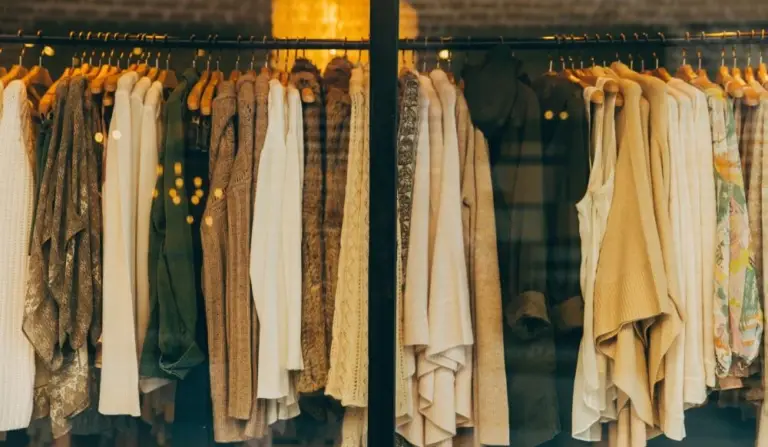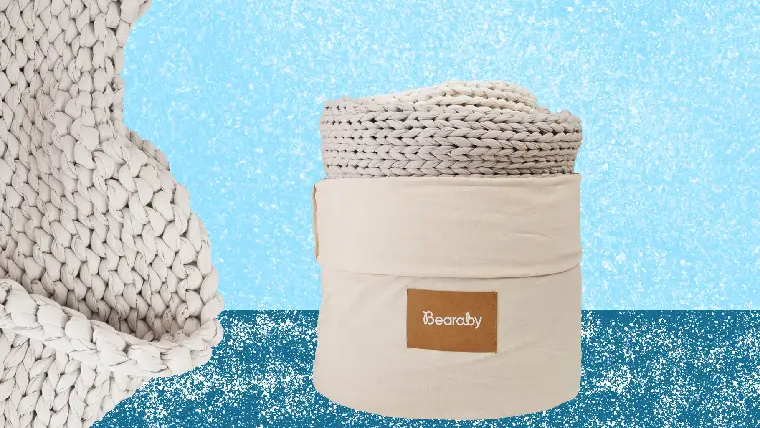In a world overrun with fast fashion and disposable trends, the concept of upcycling and repurposing clothes has emerged as a refreshing antidote. More than just a DIY trend upcycling offers a creative & unending approach to fashion allowing individuals to breathe new life into old garments while reducing waste and environmental impact. In this article, we will explore the art of upcycling & repurposing clothes, and how it can transform your wardrobe into a treasure trove of unique and personalized pieces.
Unlocking Creativity through Upcycling:
Refurbishment is the process of transforming discarded or unused materials into something of higher value or quality. When it comes to clothing this can involve repurposing old garments salvaging fabric scraps or even incorporating non-traditional materials into your designs. The beauty of upcycling lies in its limitless potential for creativity from turning an old pair of jeans into a trendy denim skirt to embellishing a plain t-shirt with embroidery or appliqué the possibilities are endless.
Breathing New Life into Old Garments:
One of the most rewarding aspects of upcycling is the ability to breathe new life into old garments that may otherwise end up in landfills. Instead of discarding worn-out or outdated clothing, consider ways to repurpose them into something fresh and exciting. For example, you could transform an oversized button-down shirt into a stylish crop top or use scraps of fabric to patch up holes and add decorative accents to a pair of jeans.
Embracing Imperfection and Individuality:
One of the charms of upcycled clothing lies in its imperfections and quirks. Unlike mass-produced garments, which often lack character and soul, upcycled pieces bear the marks of their journey – whether it’s visible seams, patchwork detailing, or uneven stitches. Embrace these imperfections as a testament to the garment’s history and uniqueness, and celebrate the individuality of each piece in your wardrobe.
Reducing Waste and Environmental Impact:
In addition to fostering creativity and self-expression, upcycling and repurposing clothes offer significant environmental benefits. By giving new life to old garments, you’re diverting textiles from the landfill and reducing the demand for new resources and materials. This, in turn, helps to minimize the environmental impact of the fashion industry, which is notorious for its waste and pollution.
Tips for Getting Started with Upcycling:
- Start small: If you’re new to upcycling, begin with simple projects like turning an old t-shirt into a tote bag or adding patches to a pair of jeans.
- Get inspired: Draw inspiration from online tutorials, DIY blogs, and social media platforms like Pinterest and Instagram, where you’ll find a wealth of ideas and creative inspiration.
- Experiment with different techniques: Don’t be afraid to experiment with different upcycling techniques, such as patchwork, embroidery, tie-dye, and fabric painting.
- Have fun: Above all, remember that upcycling should be fun. Approach each project with an open mind and a spirit of creativity, and don’t be afraid to make mistakes along the way.
In conclusion, upcycling and repurposing clothes offer a sustainable and creative alternative to conventional fashion consumption. By embracing the art of upcycling, you can transform your wardrobe into a curated collection of unique and personalized pieces that reflect your style and values. So why not roll up your sleeves, dust off your sewing machine, and embark on a journey of creativity and sustainability? Your wardrobe – and the planet – will thank you for it.




